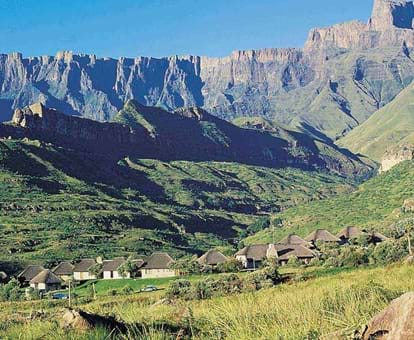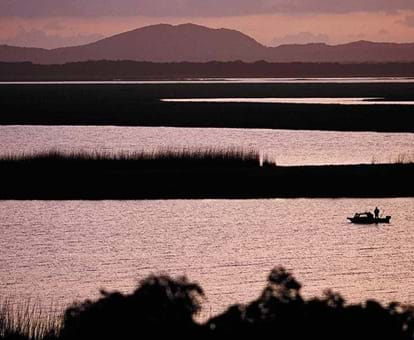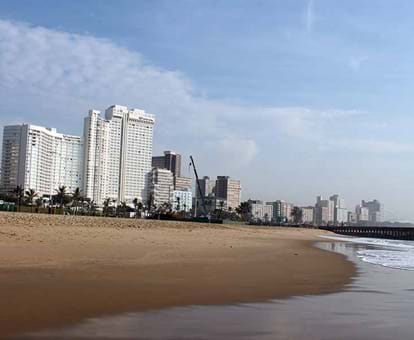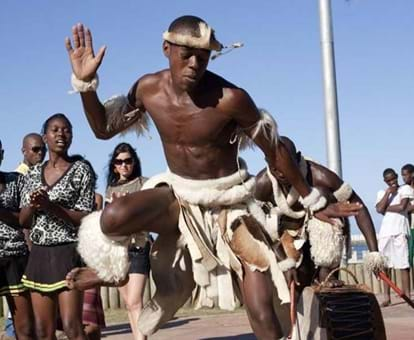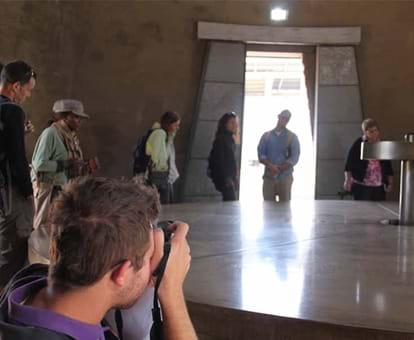By creating an account, I agree to the
Terms of service and Privacy policy
Choose your country and language:
Africa
Americas
Asia Pacific
Europe
KKwaZulu-Natal’s Freedom Route offers a multi-perspective view of life under apartheid, thanks to its melting pot of cultures. See the landmarks, walk in struggle heroes' footsteps, and admire the statues and plaques built in their memory by successive generations who today enjoy the fruits of a democratic country.
WWalk in their shoes, visit their homes and discover the celebrated struggle heroes of KwaZulu-Natal whose fight for freedom left a legacy for future generations of South Africans.
The KwaZulu-Natal Freedom Route spans the cities of Durban and Pietermaritzburg, leading struggle history pilgrims on a fascinating journey through museums, and homes and hideouts of the region's many anti-apartheid activists.
Durban's KwaMuhle Museum chronicles the lives of Africans who lived and worked in Durban from 1928 to the late 1980s. View the city through their eyes and learn more about labour regulations, separate housing and the protest action taken against such restrictions.
The Luthuli Museum celebrates the life and times of human rights visionary Albert Luthuli. Set in his former home, the museum features significant belongings, a life-size model of the man himself and numerous photographic records of his humanitarian work.
On the outskirts of Durban lies the Cato Manor informal settlement, formerly an inter-cultural blend of Indian and African dwellings. Once home to noteworthy South Africans such as late musician Sipho Gumede and former President Jacob Zuma, the area has overcome the riots of 1949 and 1959 and subsequent squatter status to become an integrated community.
North of Durban, along the Inanda Heritage Route, is Phoenix, where Mahatma Gandhi shared his belief in passive resistance. There's also the Ohlange Institute, the first educational facility in South Africa built by Africans for Africans, which was founded by John Langalibalele Dube, the first president of the South African Native National Congress (which became the ANC).
DDating back well over a century, Pietermaritzburg's old prison has survived significant historical events. It features a museum block, gallows, execution block, cells that once held a number of national heroes, and a newly created Project Gateway community development initiative.
Other historical sites worth visiting in the vicinity include Mahatma Gandhi's statue, the old Pietermaritzburg station, the Alan Paton Centre & Struggle Archives, and Sobantu township.
Of particular interest is the Mandela Capture Site near Howick. It was here that the late Nelson Mandela was arrested on 5 August 1962 – this was the catalyst for a series of trials, culminating in the Rivonia Treason Trial that would ultimately see him spend 27 years in prison.
Until relatively recently, the Mandela Capture Site was just a small bricked area with a plaque. But on the 50th anniversary of this event in 2012, an impressive steel sculpture and visitor centre was unveiled to give full recognition to the significance of this spot.
Related articles

